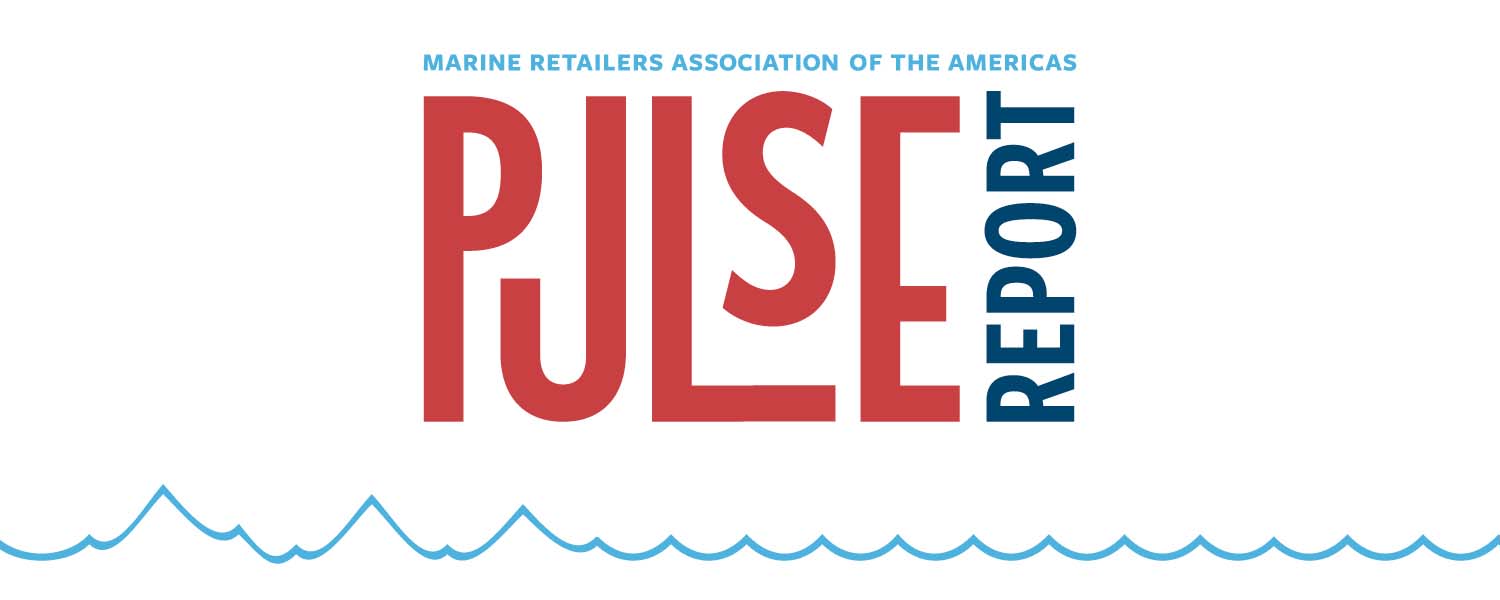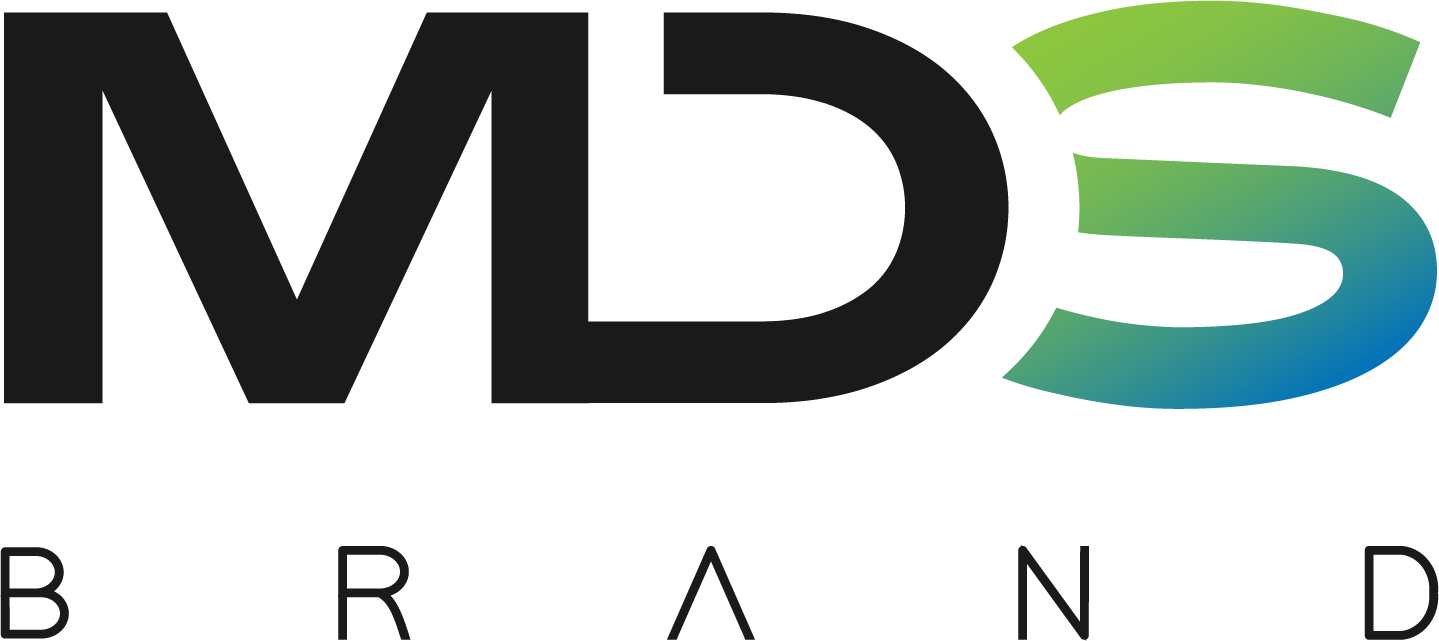I’ve spoken at numerous events over the last few years telling the story of how author Simon Sinek’s “Start With Why” has impacted me, our team and our overall business here at the MRAA. The bulk of the message in this book, aside from the guide to creating your own “why statement” is that people don’t buy what you do, they buy WHY you do it.
At MRAA, starting with creating our why statement has been the guiding light for everything we do — from who we hire, to how we invest in new and current products, and frankly all the way through to providing us with the know-how for our team to respond to the COVID-19 crisis. It’s a powerful tool that can serve as a guiding light for you and your team in all market conditions.
In your world, that means they don’t buy a boat from you just because you sell boats; customers today want a deeper connection than that.
Start With Why has had a profound impact on MRAA’s work.
If you’ve never gone through this process of creating a Why statement, now is the time. We never gain a clearer picture of who we are and what our business really stands for than when we’re fighting for our survival. And through a crisis like this one, those leaders and organizations who truly know why they exist will be the ones who prevail in the best condition.
Further than that, while life has slowed down and the majority of us find ourselves working from home, the state-of-pause provides the perfect time to re-start our organizations with a defined “Why.” The exercise will not only help your team rally around a common mission, but will also give your customers and your partners a clear, powerful understanding of why they should believe in you.
Having gone through this exercise with our team, here’s my advice on how to do it:
- Read the book Start With Why by Simon Sinek. It offers deep insights and his expert know-how for creating your own why statement. (Note, he also authored, Find Your Why. A practical guide for discovering purpose for you and your team.)
- If you’re skeptical, you just don’t like to read or you want to give your brain a head start before your book arrives, check out Simon Sinek’s Ted Talk, How Great Leaders Inspire Action.
- Provide these same resources to your team, which would mean buying them the book, and including them in the conversations you will have.
- Start the conversation by calling a meeting. In the meeting, explain your desire to create a Why statement and that you’d like the team’s input. Ask them to engage the resources you’ve provided.
- Outline the advice from the book for them as a reminder and ask everyone on the team to write the company’s why statement from their point of view and email it to you.
- As you collect the statements, compile them in a document without the team member author’s name attached to it.
- Before your next meeting, send that document to the team for their review.
- Then, gather to discuss them. Have someone read each statement out loud and then have a brief discussion on what people liked about that statement and even what they didn’t like or don’t agree with. The debate will be a great tool for narrowing down on the company’s overall Why, so make sure to capture key words or phrases that you and the team prefer.
- Once you have the direction from this meeting, it’s your time to go to work. Sit down with the statements and the key words and phrases and assemble them into a Why statement that you can stand on. It’s important to remember that this isn’t just about today’s market conditions, but rather a statement that can serve you at all times.
- As the entrepreneur, you need to weight your belief for why your business exists most heavily, but never underestimate the power of including the thoughts and opinions of your frontline workers – the ones who work directly with your customers. Not only can they share insights from experiences they’ve had, but they can oftentimes help clarify your thinking and terminology. Every experience I’ve had with this exercise has provided significant insights from our team members.
- Once you’ve had time to create it and then tweak it over a short period of time, bring the team back together and share it with them. I would caution you to not share it with them as though it’s the final, final version. But rather, share it with them and ask them to poke holes in it. Does it resonate with them? Will it provide something your customers and partners can believe in? Are there pieces that can be strengthened? Done right, this should become the defining statement for you and your team to power through this downturn and accelerate your growth afterward. It’s critical that you don’t short-change the exercise.
- Refine the statement, create a final version and then share it with everyone: Your team, your partners, and your customers.
- And then LIVE IT. You can’t create a Why statement and let it remain words on a page. You have to live it and talk about it and make sure that you’re making decisions based on those words. Make it a part of your culture and ensure that your team knows it and can recite it. One exercise we use to make sure that it’s engrained in all that we do is to randomly bring a blank “Why” statement sheet to our team meetings and ask everyone to – without cheating – write the statement and turn it in. It gives me clear understanding of whether or not we are living our Why.
I truly don’t know where MRAA would be today without having that Why statement serve our team. This book, which was recommended to me by Bill McGill at MarineMax, Inc., has had a profound impact on our organization and the focus we bring to serving our industry. I hope you’ll give it a shot yourself.




